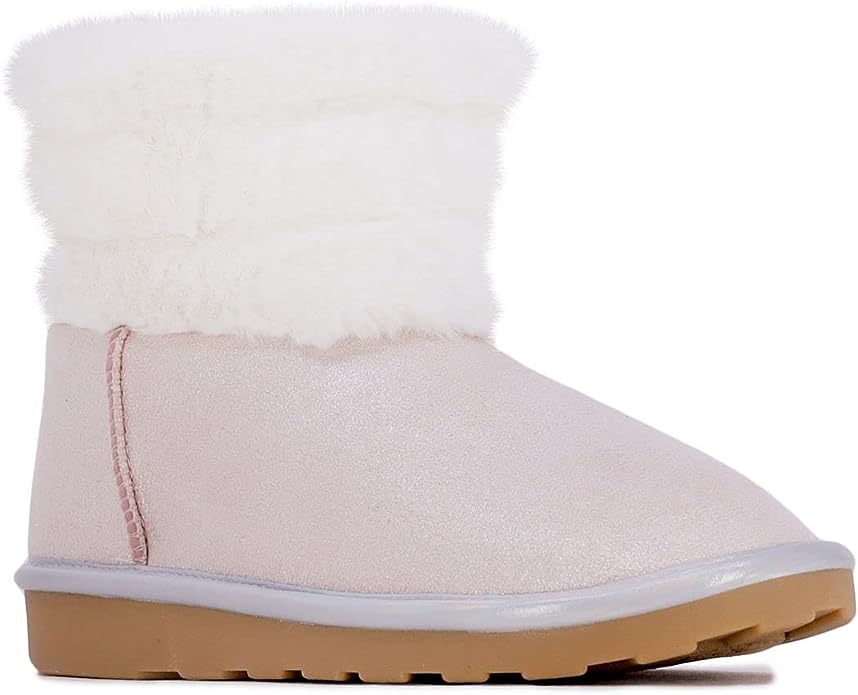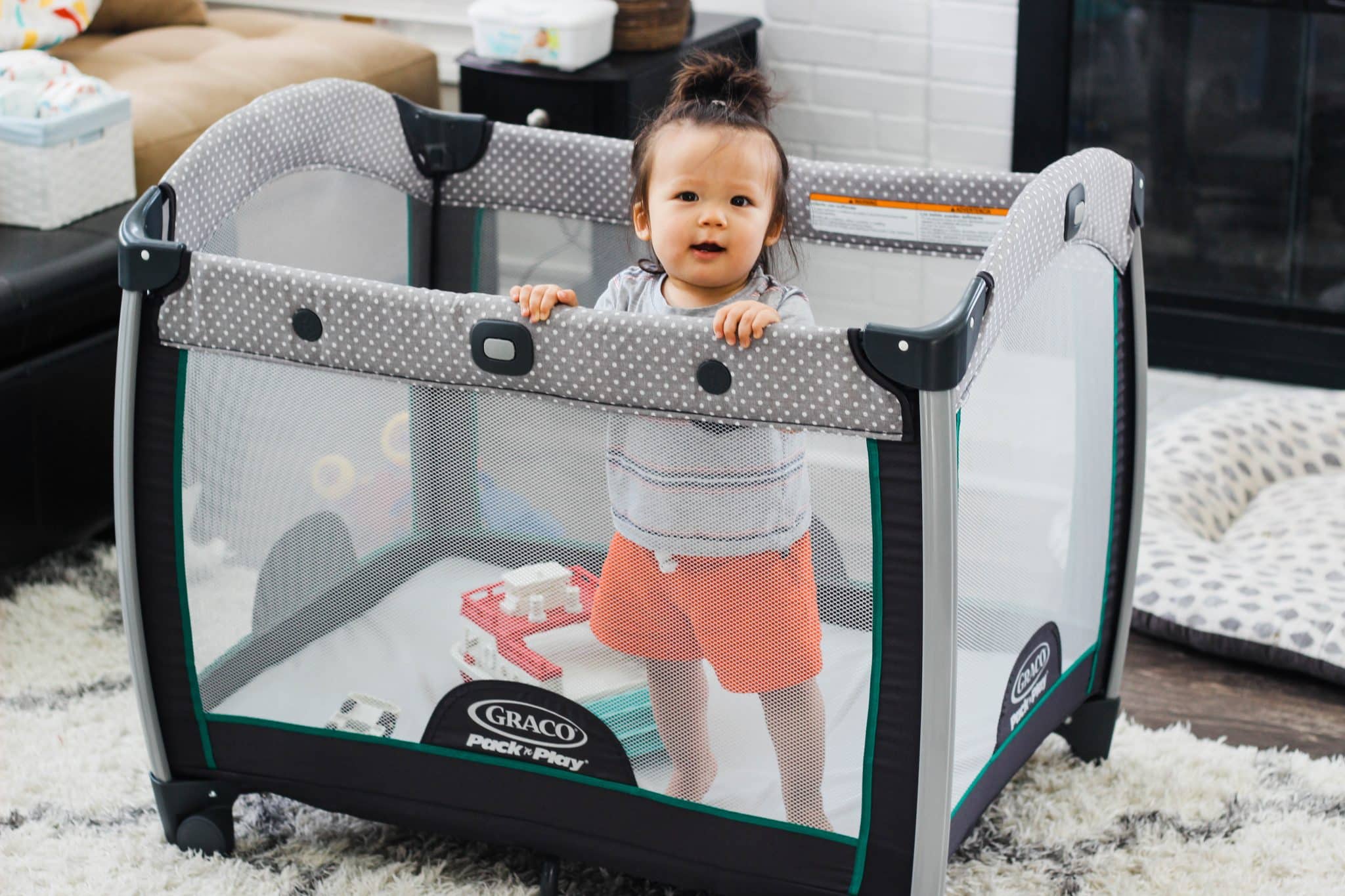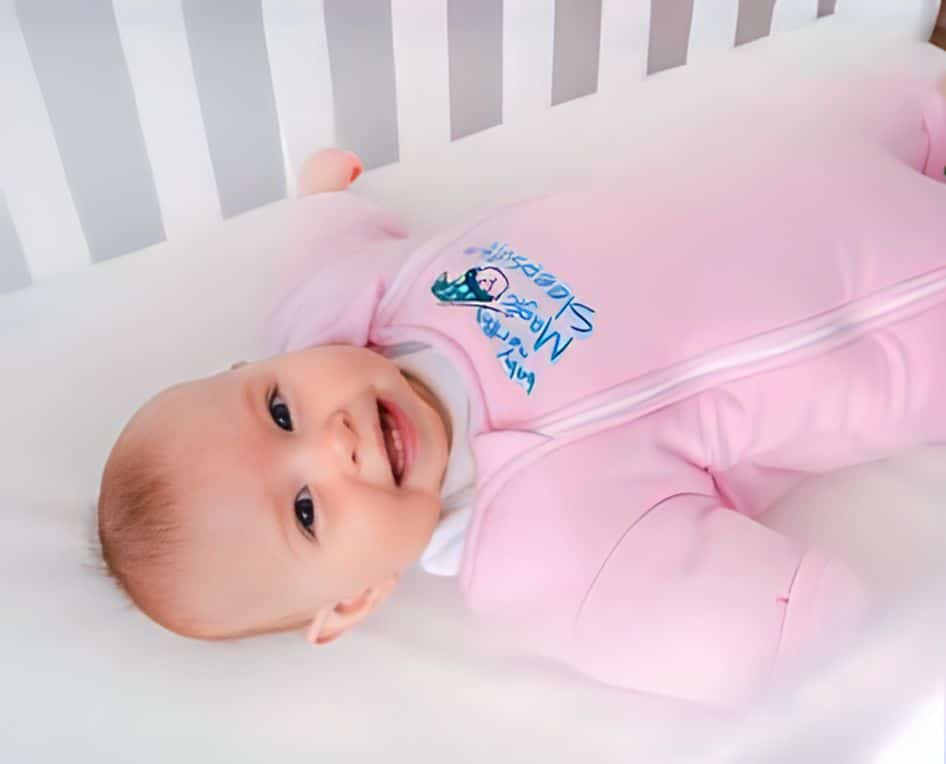
The clock reads 3:17 AM. Your baby’s tummy is full. Their eyes are heavy. Just as you start to doze off, they squirm and fuss.
Now you’re wide awake wondering, “Do I need to burp baby after breastfeeding at night?” You’re not alone.
Those late-night feedings can be confusing. Your little one is drowsy. You’re exhausted. All you want is sleep.
This guide will clear things up. You’ll learn when burping is necessary at night. We’ll show you how to burp without fully waking your baby. You’ll also find what signs to watch for.
Let’s make those midnight moments easier for both of you.
Why is it Important to Burp a Baby?
Babies swallow air while feeding. This air gets trapped in their tiny tummies, causing pain and discomfort if it is not released.
Burping helps remove this trapped air. Think of it as a pressure release. The relief can be instant.
A baby with gas pain shows clear signs. They twist, cry, and arch their back. Sleep becomes impossible.
When babies are comfortable, they sleep better at night. They drift off faster and stay asleep longer, and parents get more rest, too.
As a bonus, good burping reduces spit-up on your bedding. Less midnight laundry is always welcome.
Position and Techniques for Burping Your Baby
Getting your baby into the right position makes all the difference. Here are the most effective ways to hold your baby for burping:
Over the Shoulder
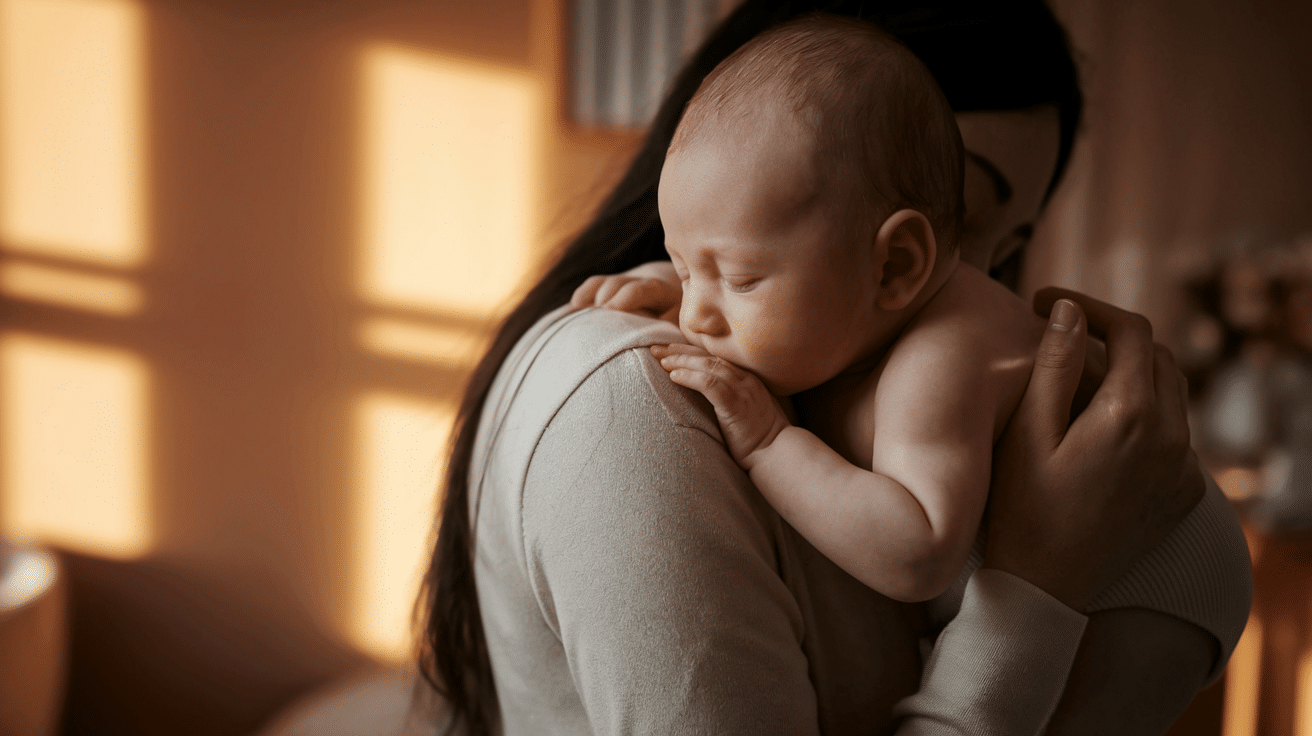
This is the most common position parents use. It keeps your baby upright, which helps air bubbles rise. Many babies find this position comfortable and secure. The pressure of your shoulder against their tummy can help release stubborn gas.
- Keep their body straight, not slumped or curved.
- Use a burp cloth to protect your clothes from spit-up.
- For extra support, place your hand under their bottom.
Sitting on Your Lap
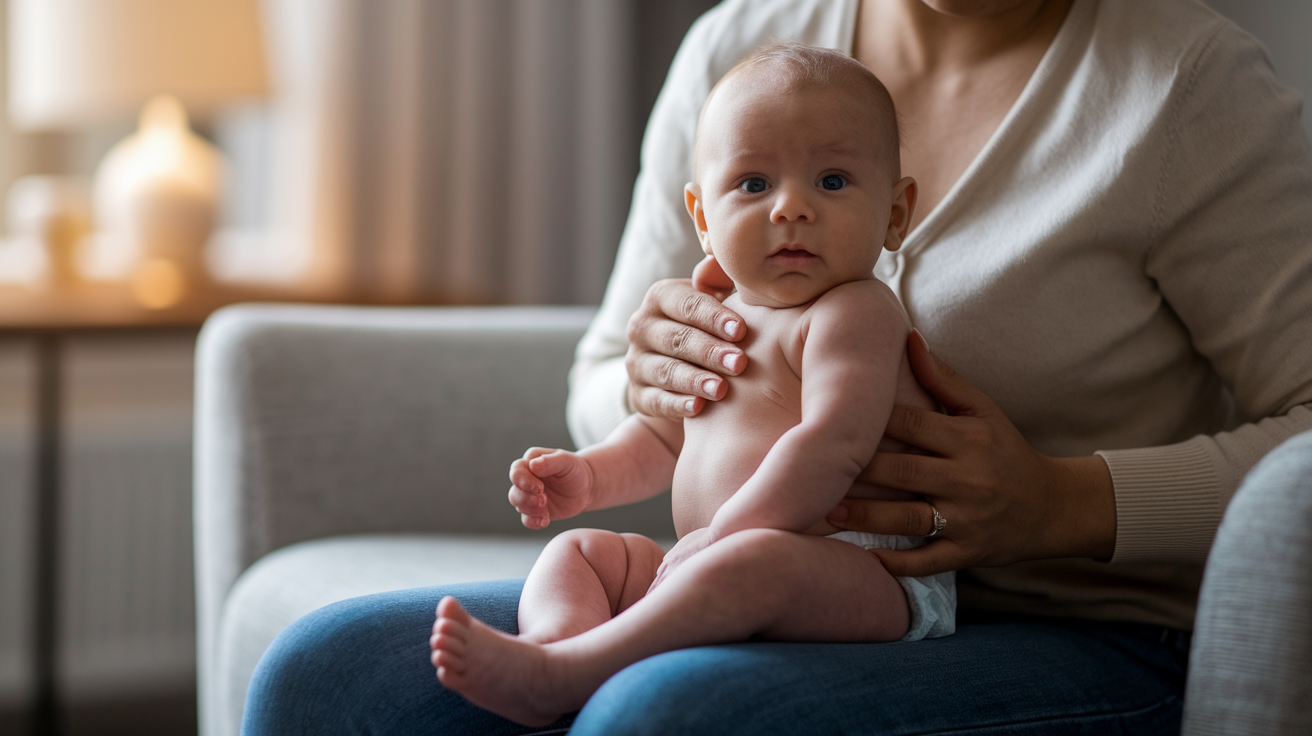
This position gives you more control over a squirmy baby. It works well for babies with good head control. You can see your baby’s face in this position, making it easier to check their comfort level.
- Support their jaw and chest with one hand.
- Keep their back straight and lean slightly forward.
- For wiggly babies, cross your leg over your knee to create a stable seat.
Lying Across Your Lap
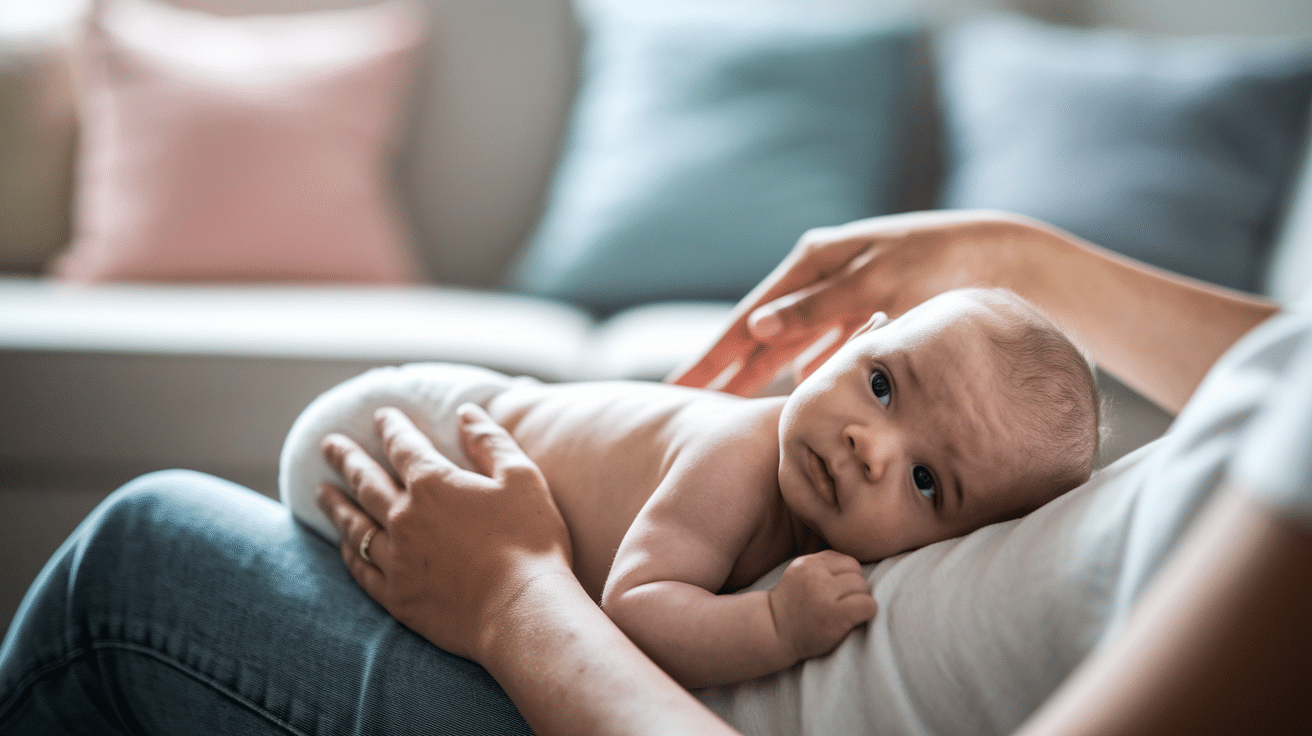
This position uses gravity to help move air bubbles. It’s great for babies who don’t burp easily in upright positions. The gentle pressure of your legs against their tummy provides extra help.
- Position their head higher than the rest of their body.
- Turn their head to one side so they can breathe easily.
- Keep one hand on their bottom to prevent rolling.
Some Burping Techniques:
The technique matters, too. Try these methods
| Technique | How To Do It | Best For |
|---|---|---|
| Gentle Patting | Cup your hand and pat firmly between shoulder blades | Most babies; quick gas release |
| Circular Rubbing | Make small circles with fingertips from lower back upward | Gentle approach; sensitive babies |
| Up and Down Rubbing | Rub hand from lower back to shoulders in a straight line | Stubborn gas bubbles |
| Walk and Pat | Hold against shoulder while walking slowly | Fussy babies who need movement |
Should You Burp a Baby After Breastfeeding at Night?
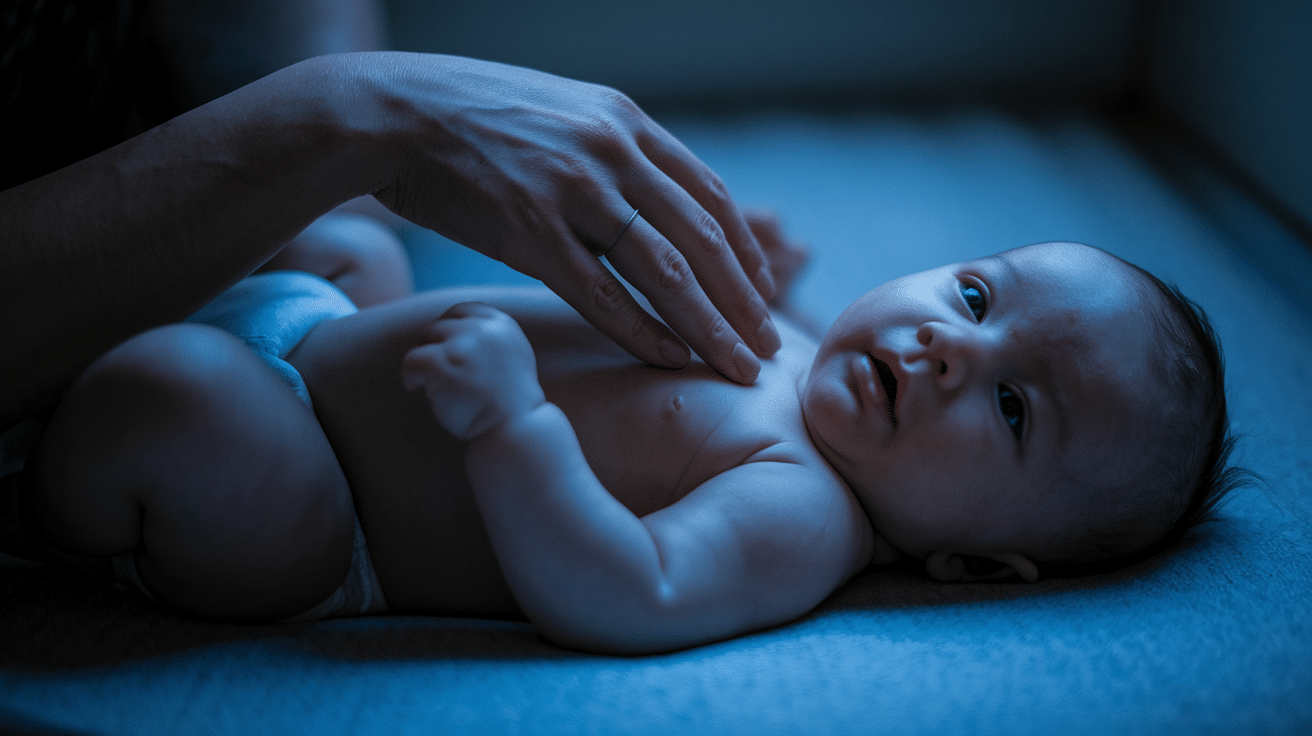
Yes, breastfed babies need burping, too. They swallow air while nursing, especially at the beginning of a feeding.
Not burping can lead to discomfort. Your baby might become fussy, have trouble sleeping, or experience pain in its tiny tummy due to gas bubbles.
Burping helps prevent spit-up by releasing pressure before it builds up. This means less mess on your pajamas at 3 AM.
Some breastfed babies burp easily. Others need more help. Follow your baby’s cues. If they seem uncomfortable, try a different burping position.
Differences Between Breastfed and Bottle-Fed Babies
Many parents wonder if they should burp their baby the same way regardless of feeding method. The answer is NO.
Breastfeeding and bottle-feeding create different air patterns in your baby’s tummy. Understanding these differences helps you burp more effectively at night.
| Factor | Breastfed Babies | Bottle-Fed Babies |
|---|---|---|
| Air Intake | Less air (better latch) | More air through bottle |
| When to Burp | When switching breasts | Every 2-3 ounces |
| Burping Time | 5 minutes is usually enough | Often needs 10+ minutes |
| Position | Any position works | More upright reduces air |
What Happens If Baby Won’t Burp?
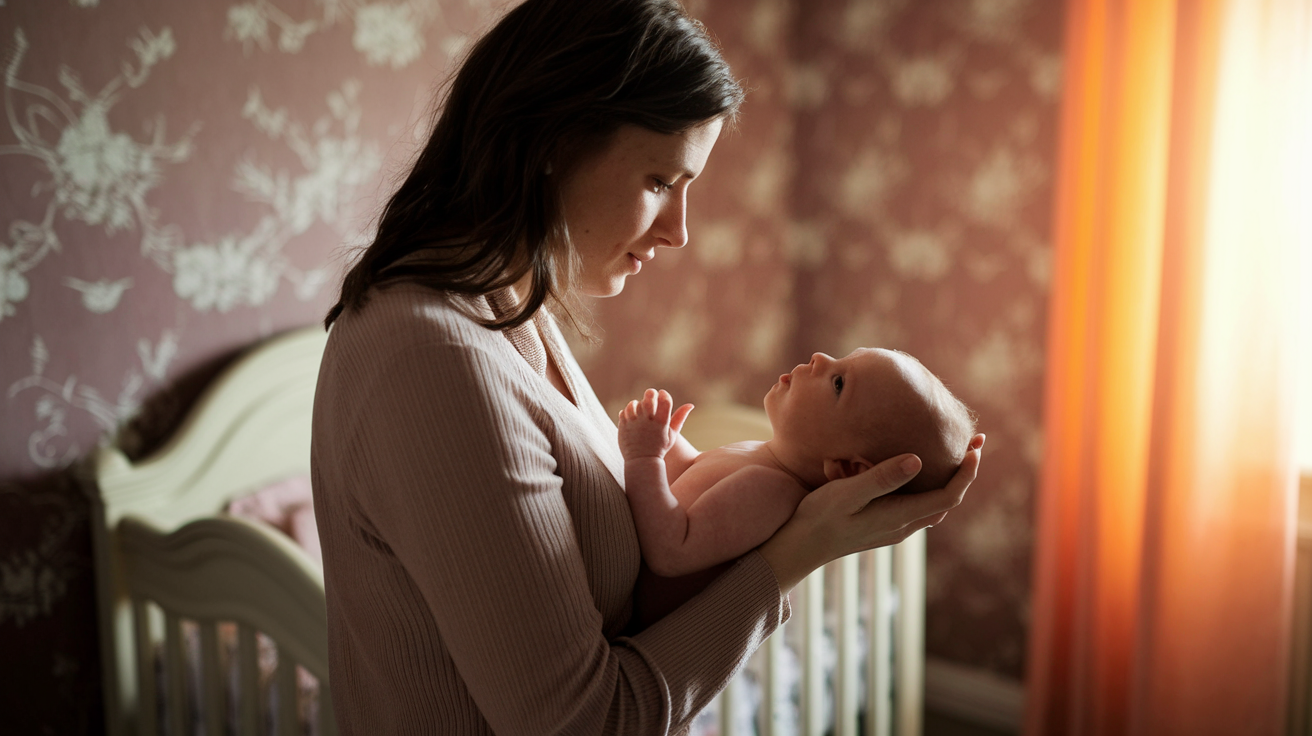
Don’t panic if your baby doesn’t burp after feeding. Many parents experience this, and there are several reasons and solutions.
Your baby may not have swallowed much air. This is common with breastfed babies. Not all feedings require a burp.
Some babies are just stubborn burpers. They might need extra time or different techniques.
What to Try When Baby Won’t Burp?
- Change positions – Try all three burping positions. Sometimes a quick switch is all it takes.
- Movement helps – Walk around the room with baby on your shoulder. The gentle motion can shift air bubbles.
- Bicycle legs – Lay the baby on its back. Gently move its legs in a pedaling motion, which helps release trapped gas.
- Wait and try again – Put baby down for a few minutes. Then pick them up and try once more.
- Adjust feeding methods – For bottle feeding, try an anti-colic bottle. For breastfeeding, check the latch.
If your baby seems content without burping, don’t worry. Let them sleep. However, if they show signs of discomfort, like arching their back or crying, keep trying different burping methods.
Call your doctor if:
- Your baby seems to be in pain even after trying multiple burping techniques
- They spit up forcefully after every feeding
- They refuse to feed
- They cry for hours despite your comfort
Watch: How to Burp Your Baby?
Sometimes, seeing is better than reading. This video by Sharp HealthCare shows different techniques for burping babies after breastfeeding.
Watch how they position their hands and support the baby’s head. Pay attention to the gentle but firm patting motion that works best.
You’ve Got This!
Nighttime burping doesn’t have to be complicated. Remember that the question “do I need to burp baby after breastfeeding at night?” depends on your unique little one.
Some babies need to burp after every feeding. Others may sleep just fine without it.
Trust your instincts. You know your baby best. If your baby seems comfortable, a quick burping attempt might be all you need. If your baby is fussy, try different positions and techniques.
Keep burp cloths handy by your feeding spot. Your shoulders will thank you. And remember—this phase doesn’t last forever.
The most important thing? Both you and your baby need rest. So find what works, stick with it, and know that even at 3 AM with spit-up on your shirt, you’re exactly the parent your baby needs.
Frequently Asked Questions (FAQs)
Is It Okay to Let Baby Sleep Without Burping?
It’s not recommended to let your baby sleep without burping because trapped air can cause discomfort. However, if your baby appears calm, you can occasionally skip burping.
Can a Baby Choke if Not Burped at Night?
While it’s rare, not burping a baby can sometimes lead to a small risk of choking on milk or spit-up. Burping helps release air and pressure, reducing the risk of choking during sleep.
At What Age Do You Stop Burping Your Baby After a Feeding?
Most babies need less burping after 4-6 months due to a maturing digestive system and reduced air intake while feeding. However, every baby is different, so follow their cues.

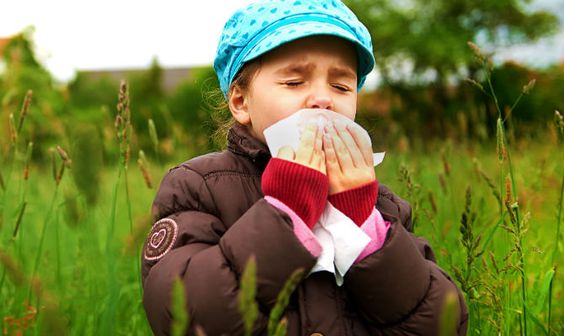
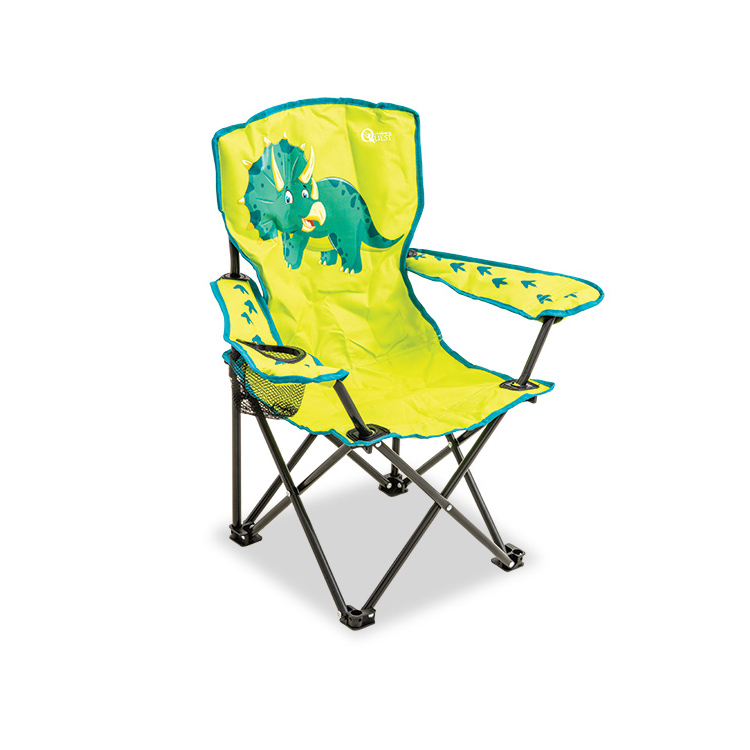

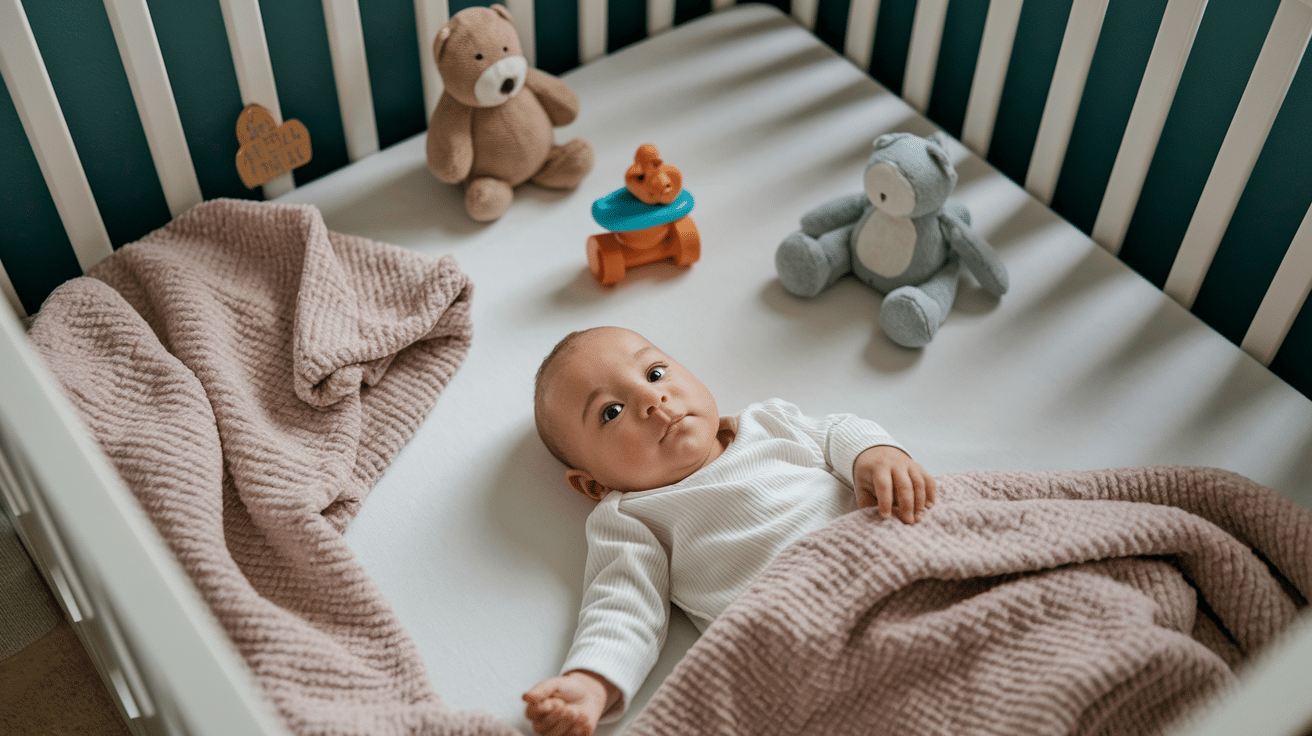
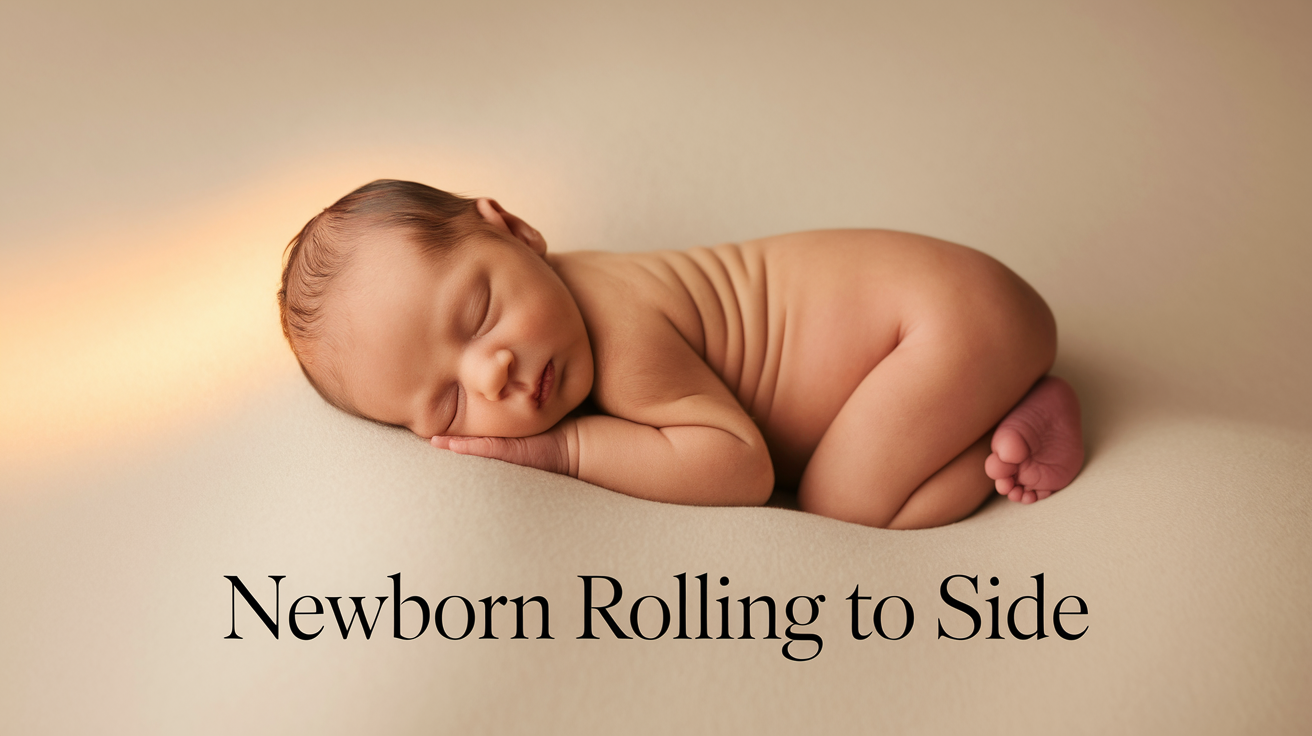
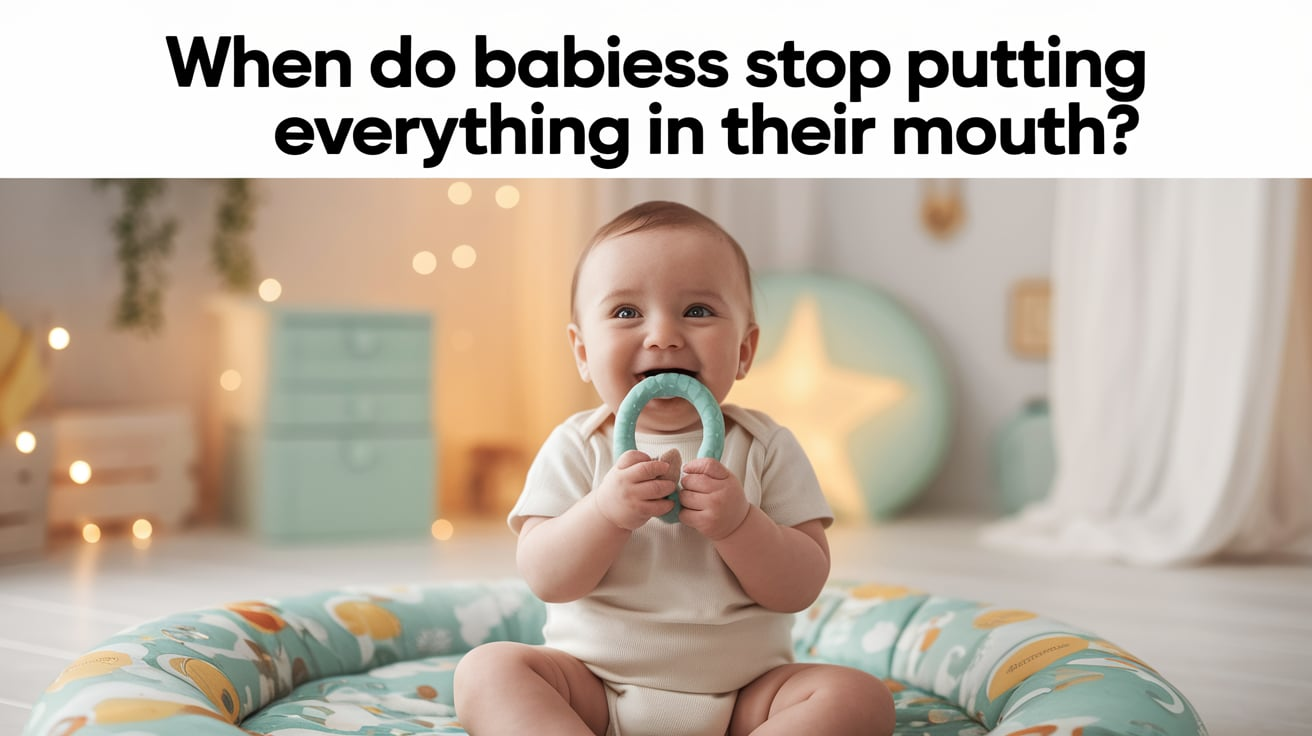

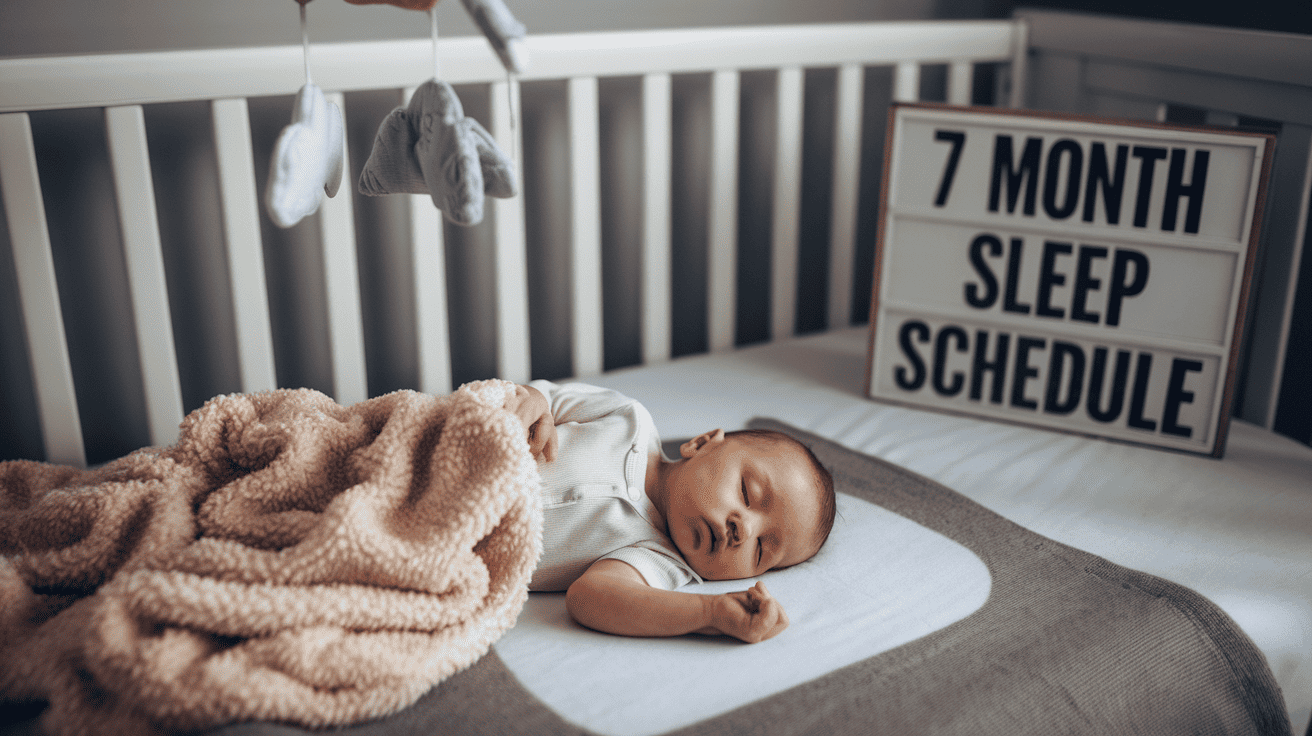
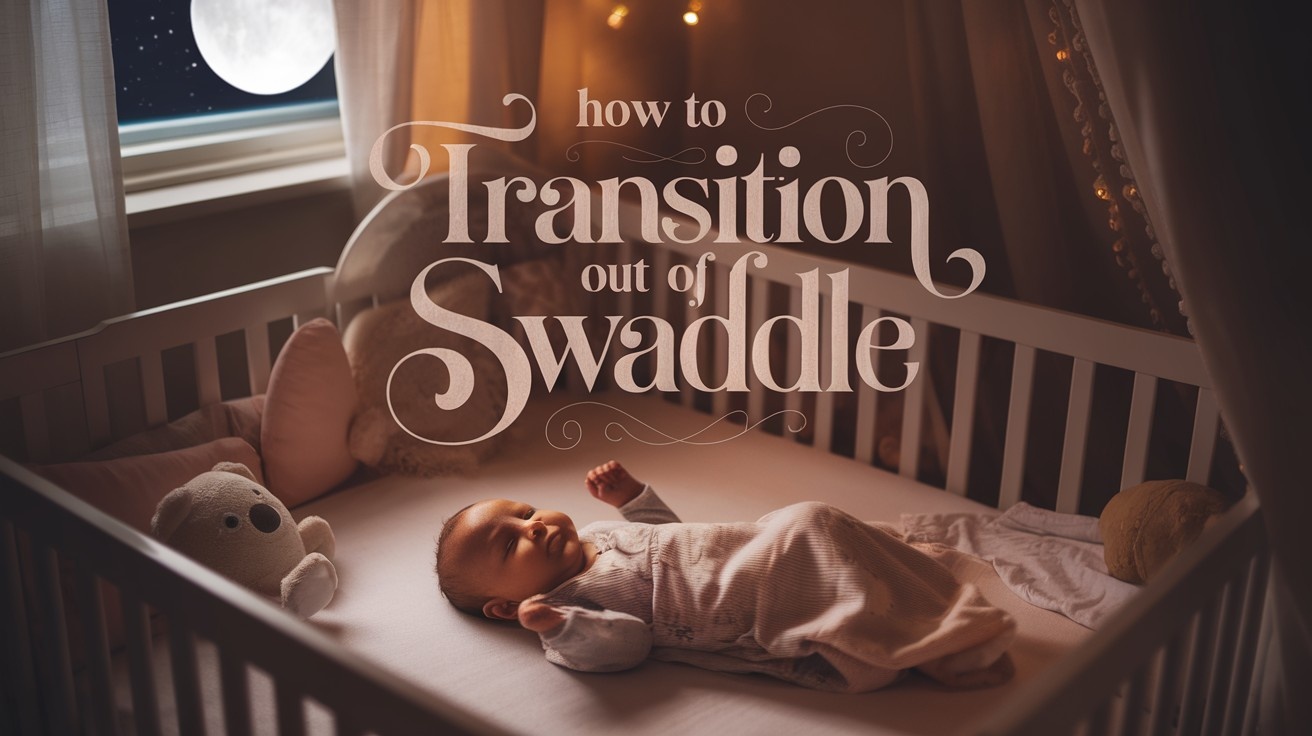
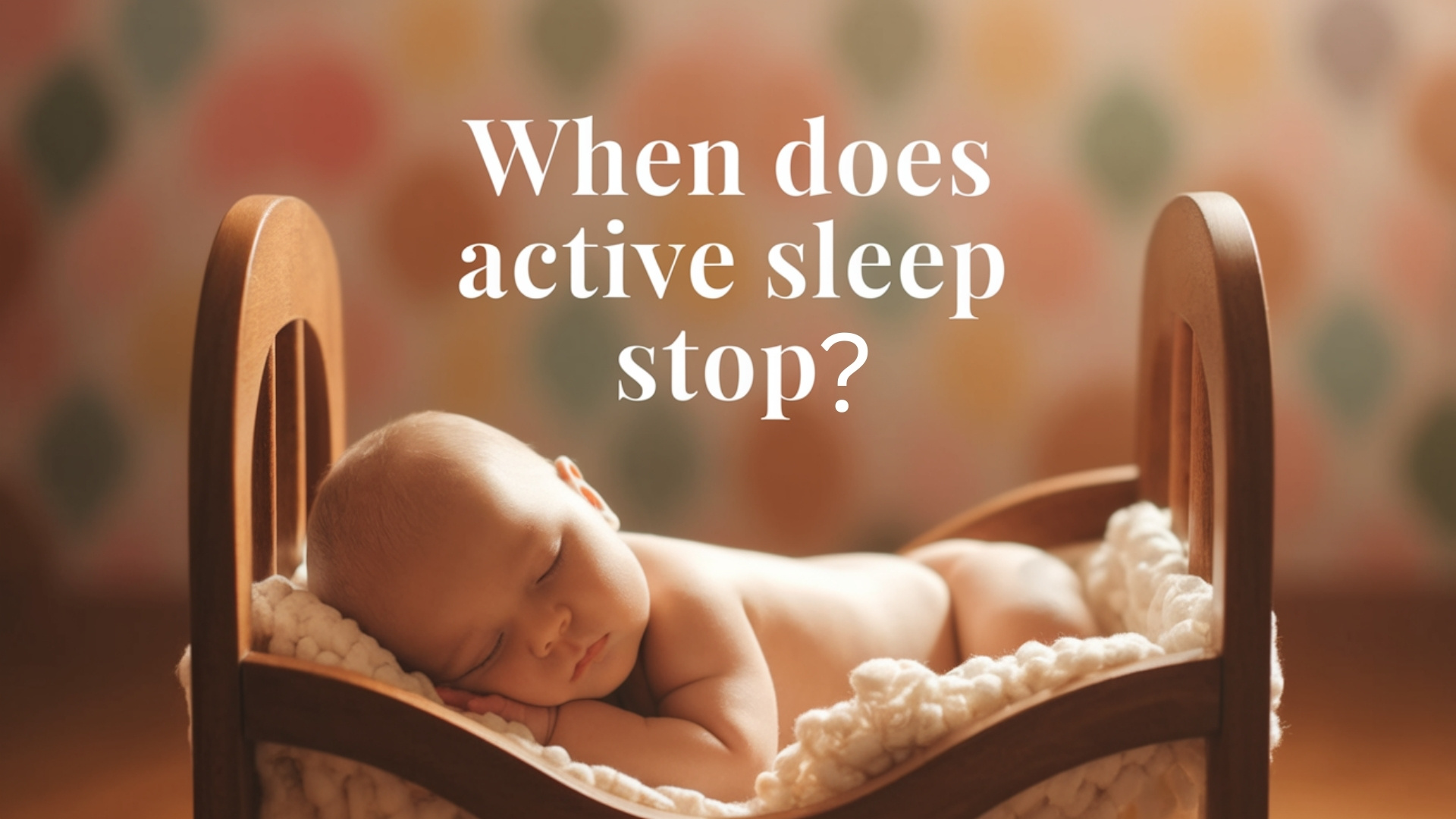
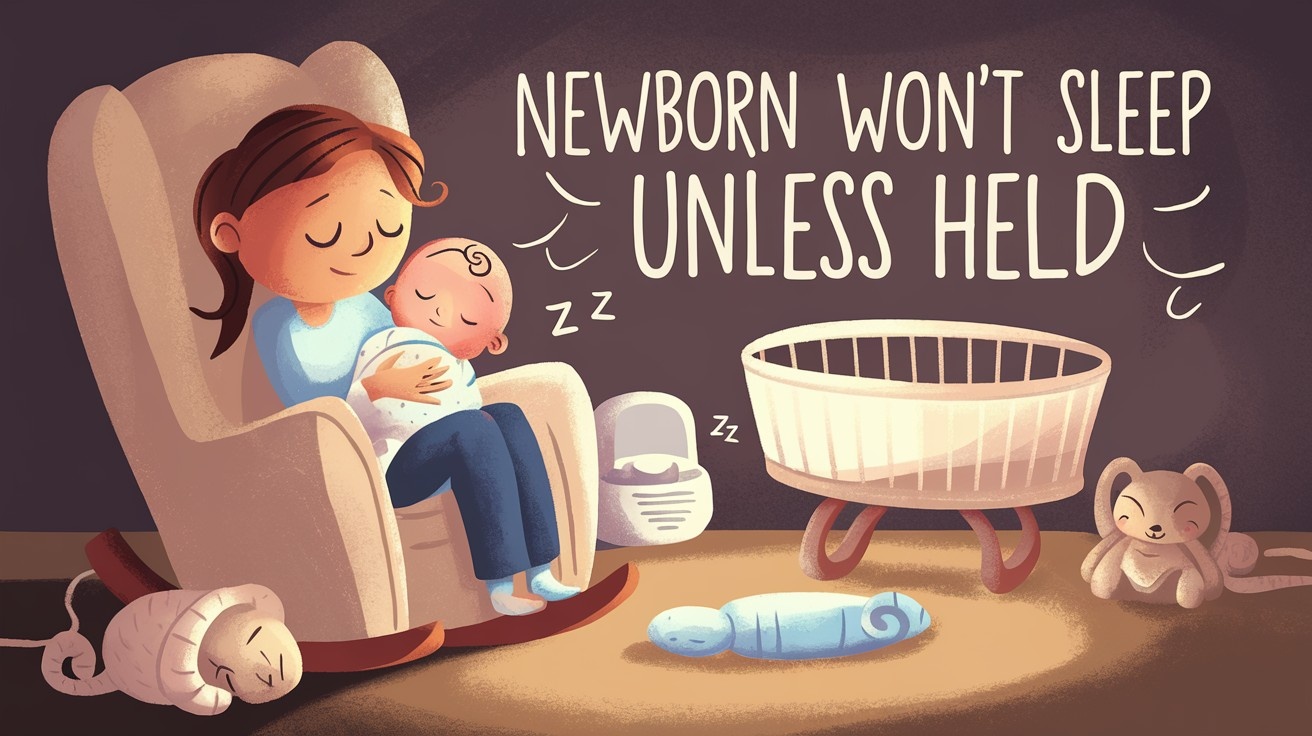
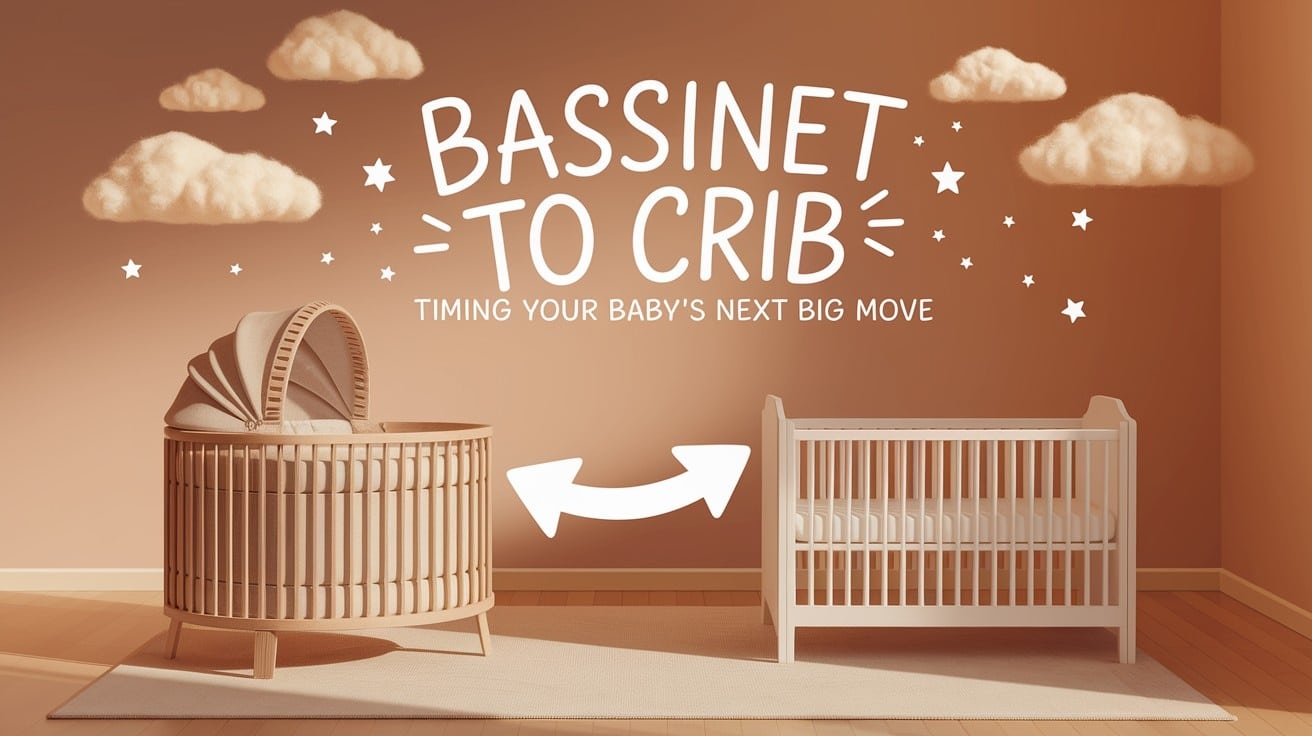
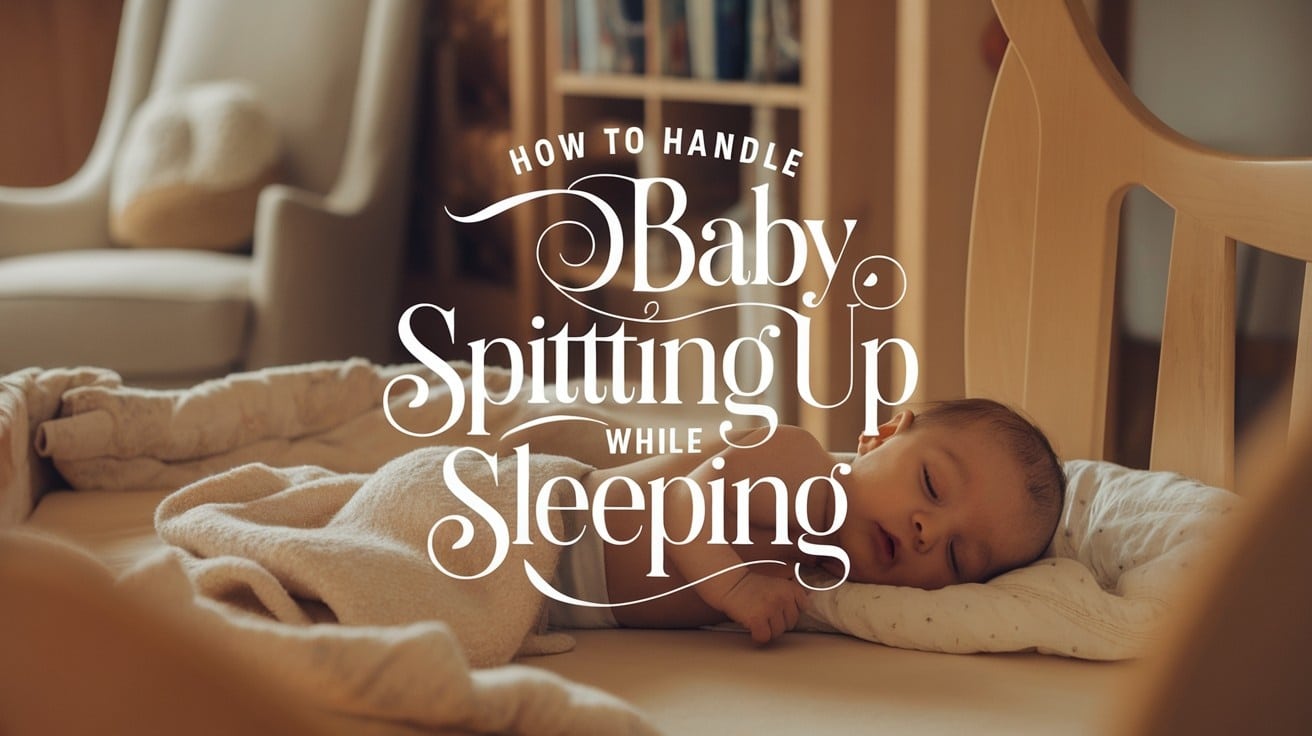

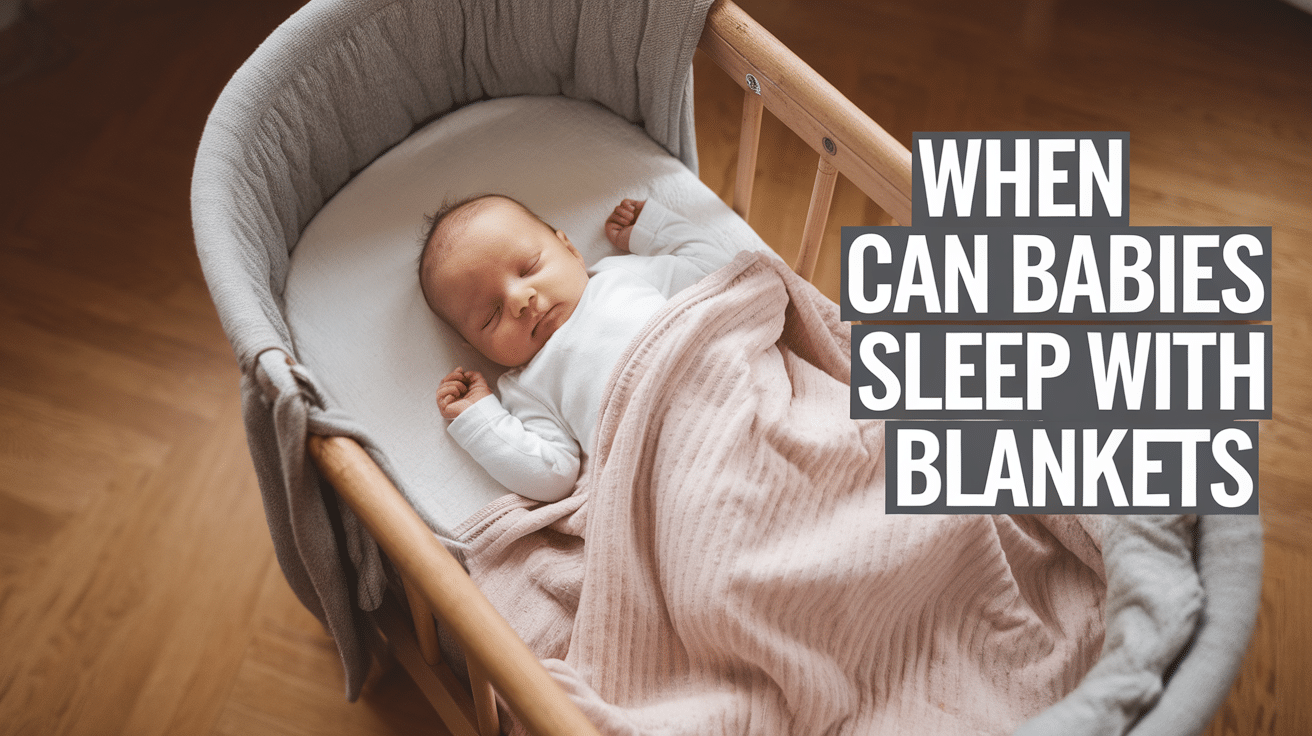
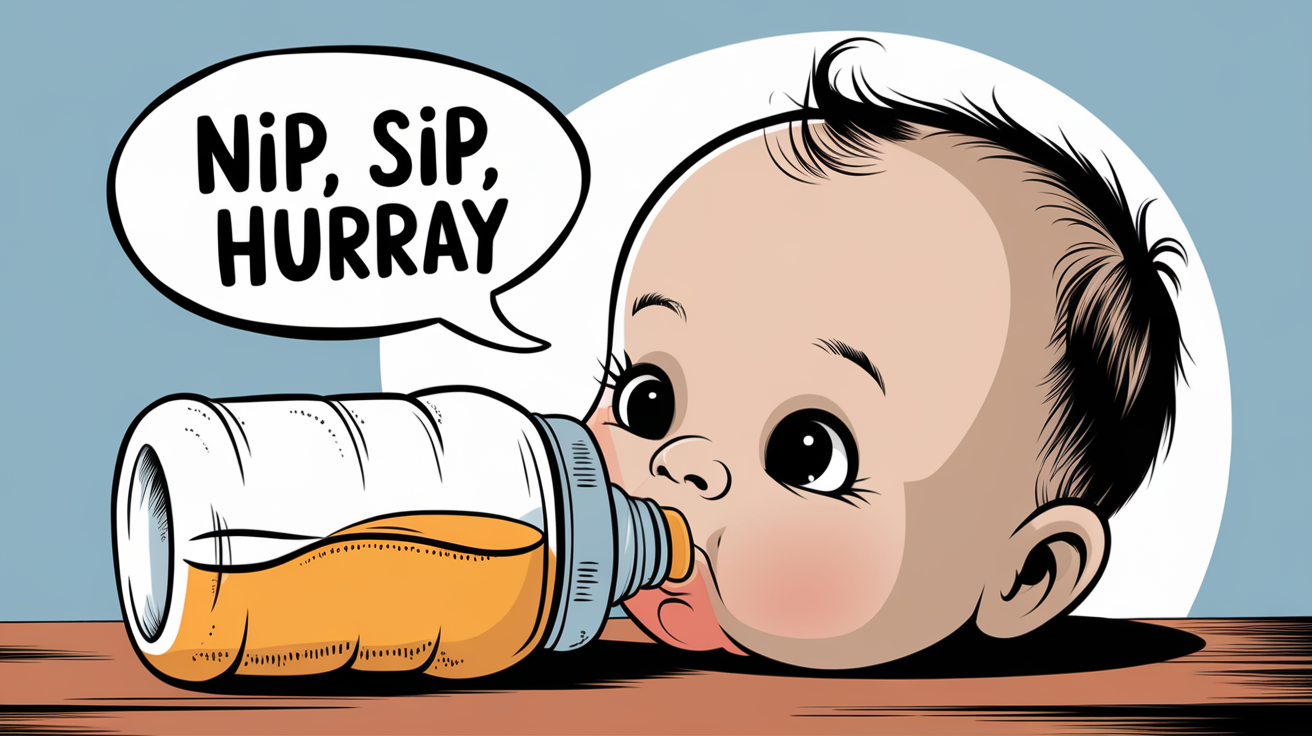
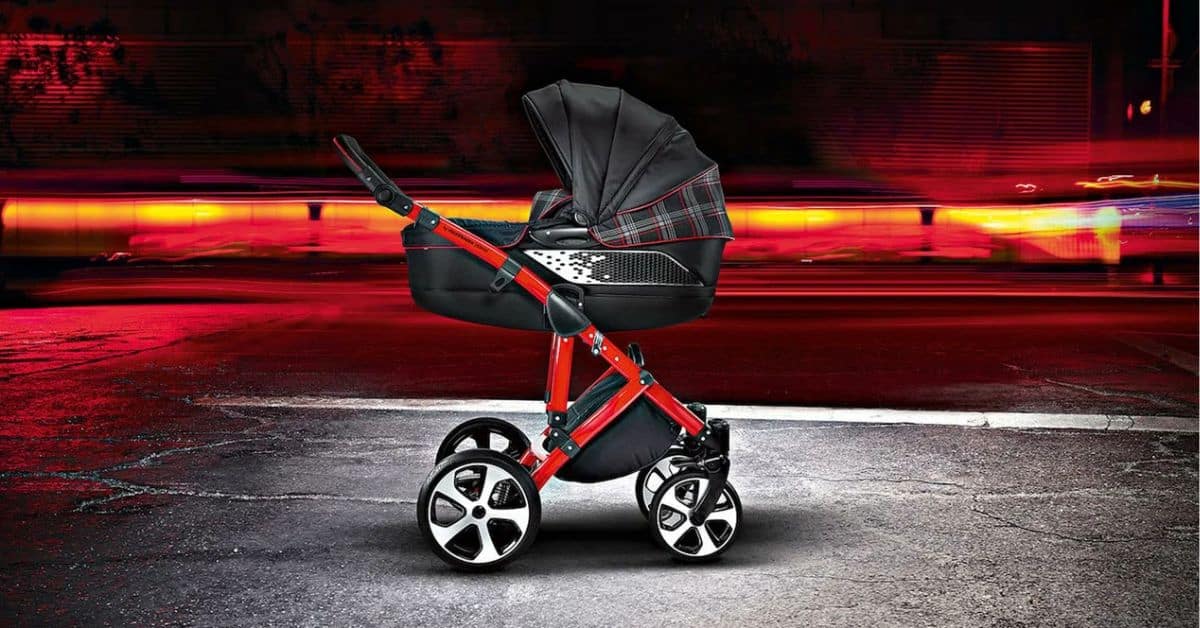

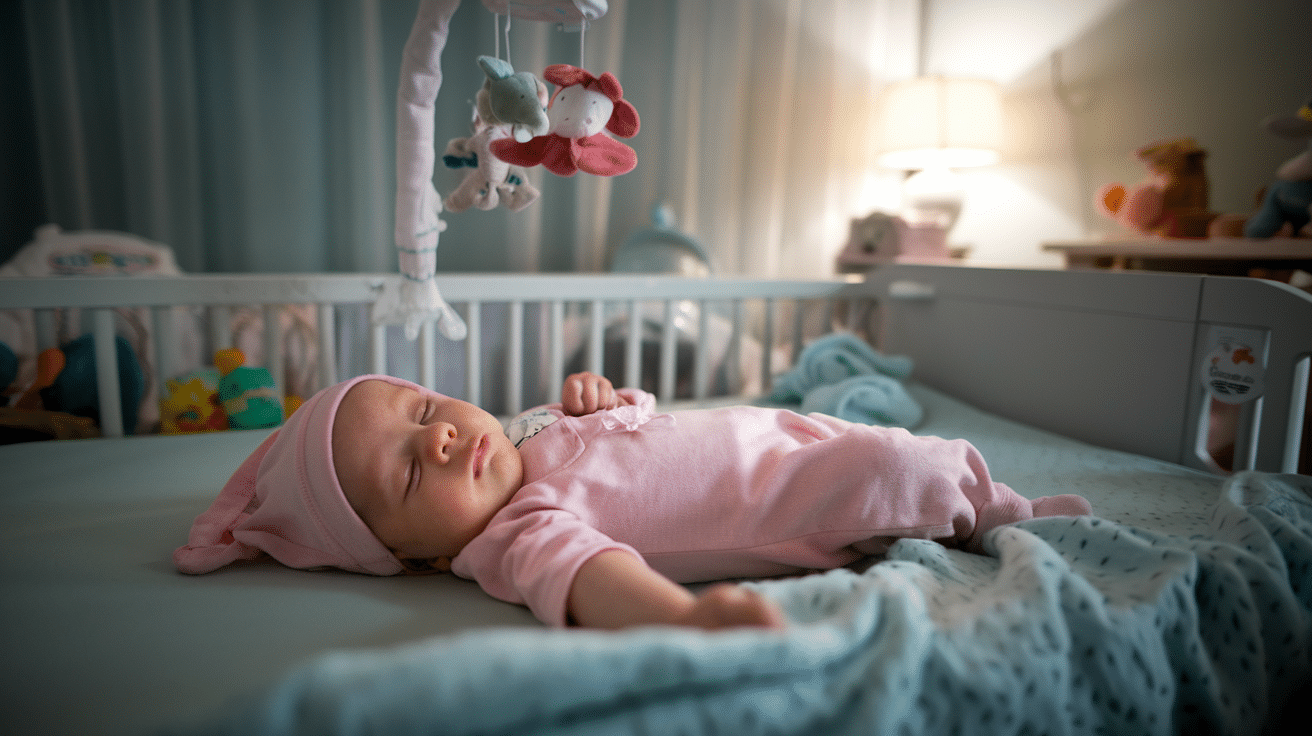
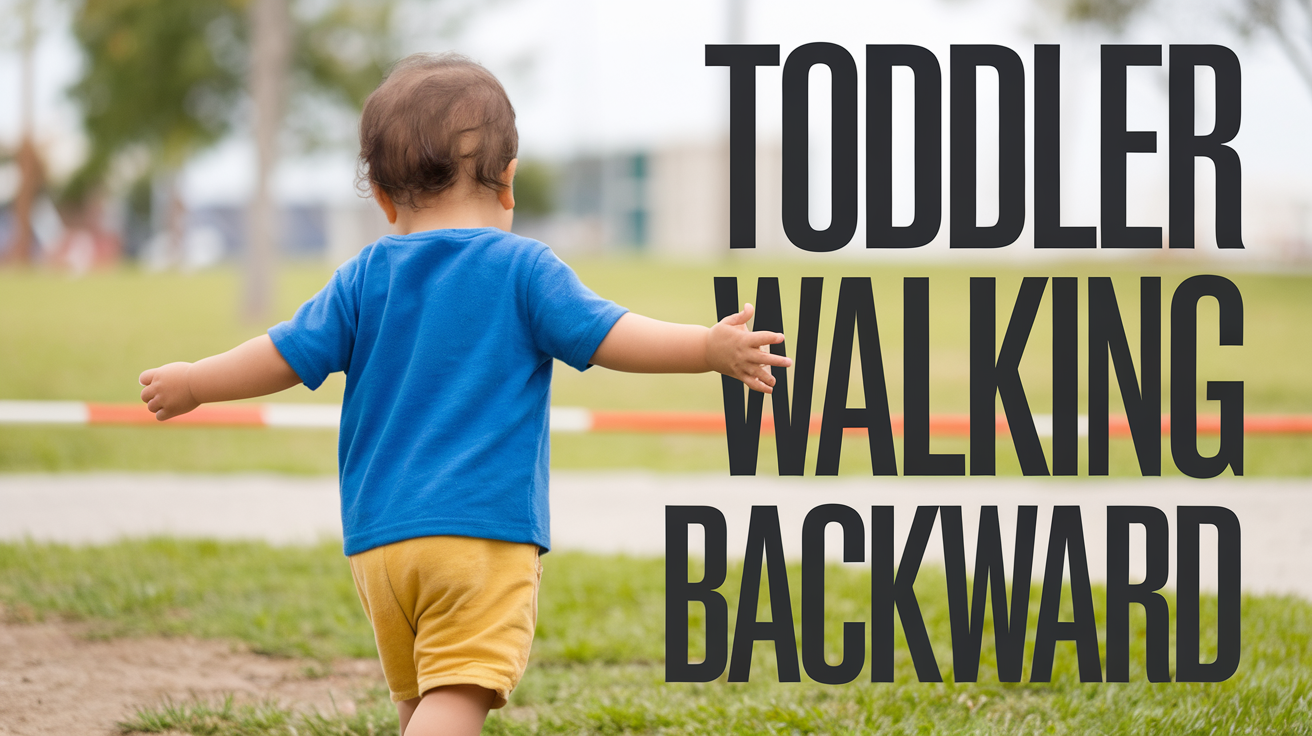
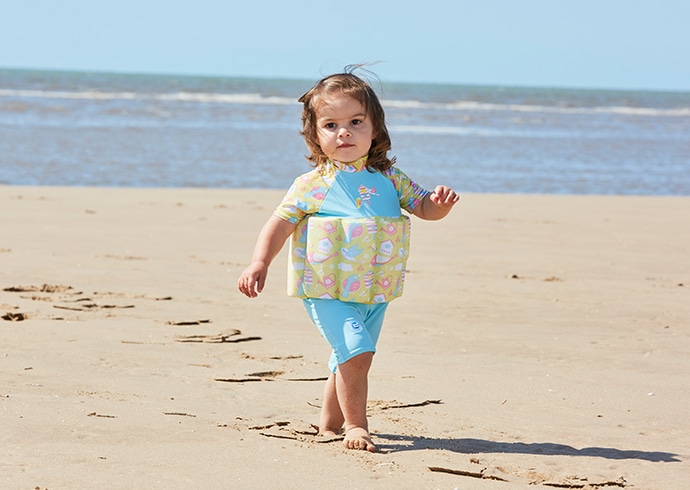
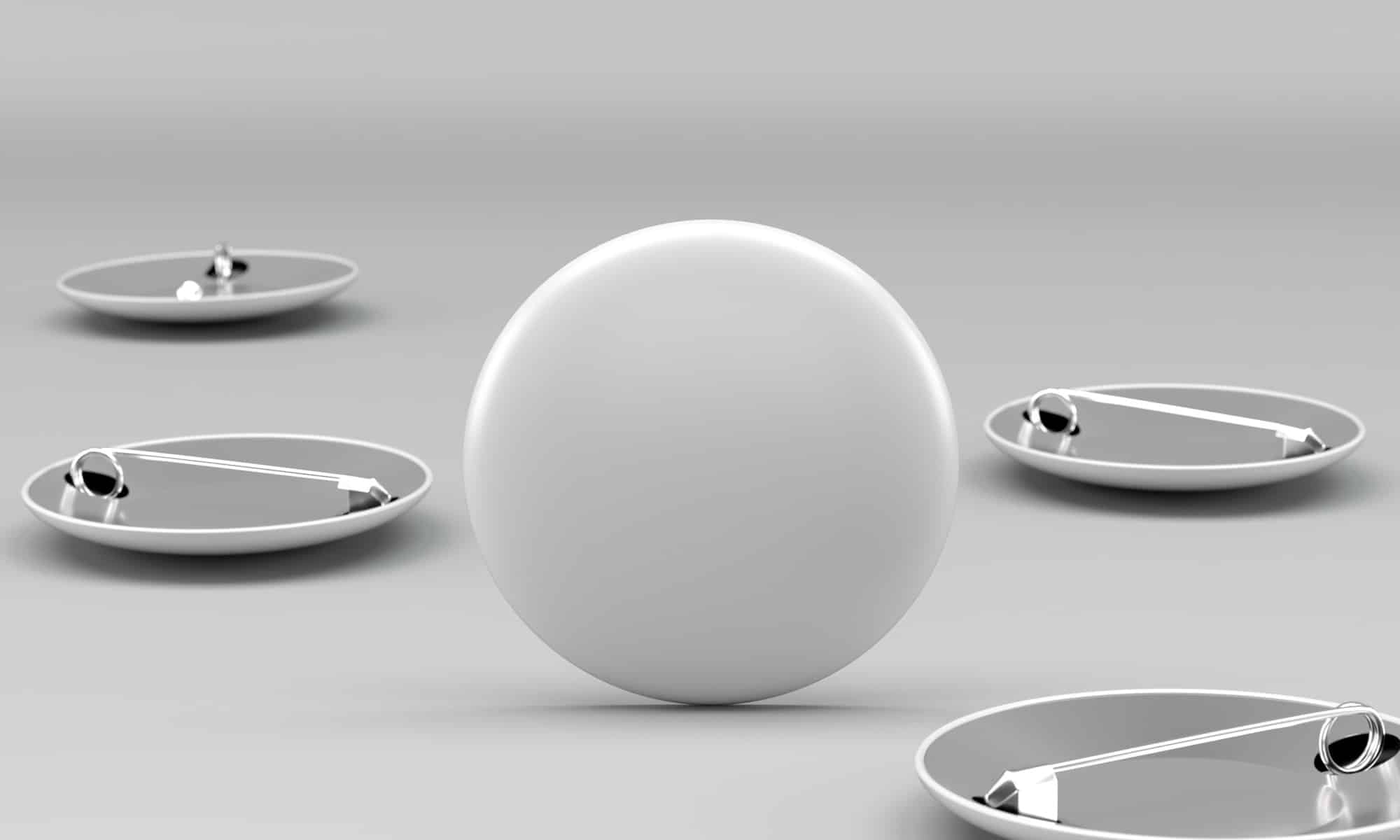
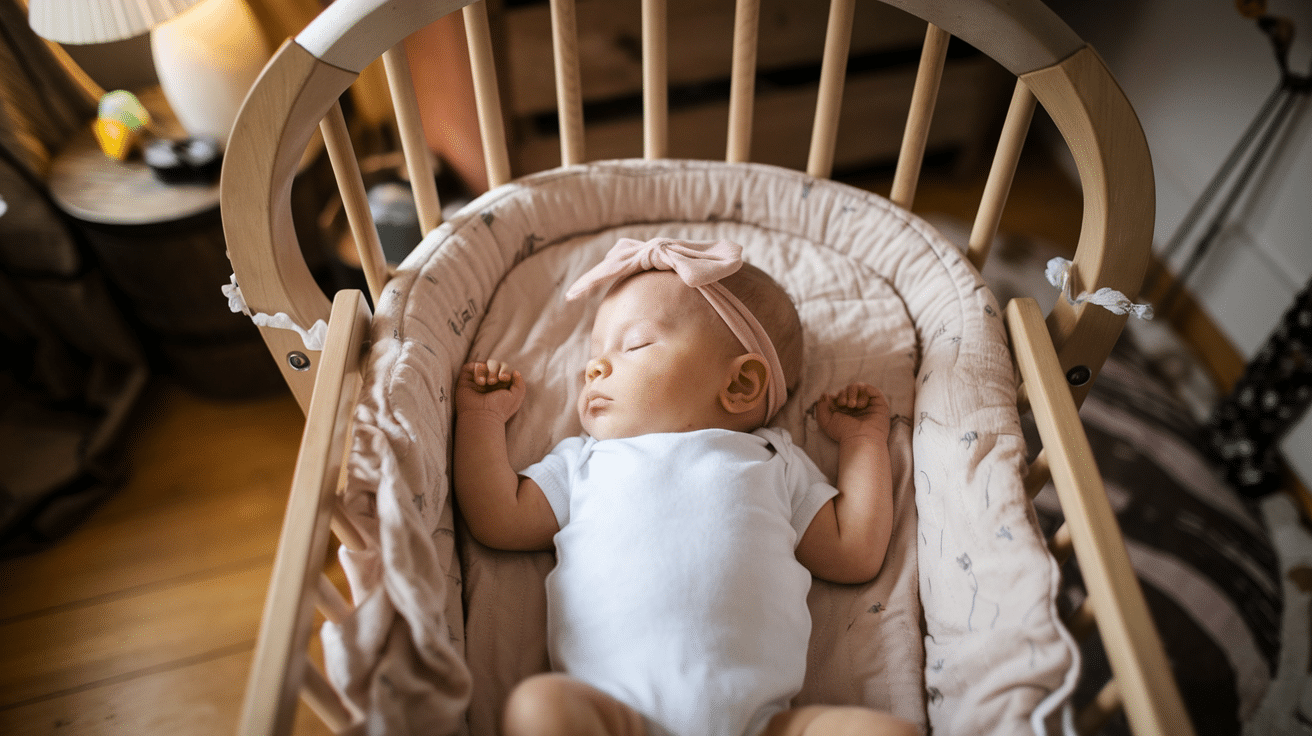



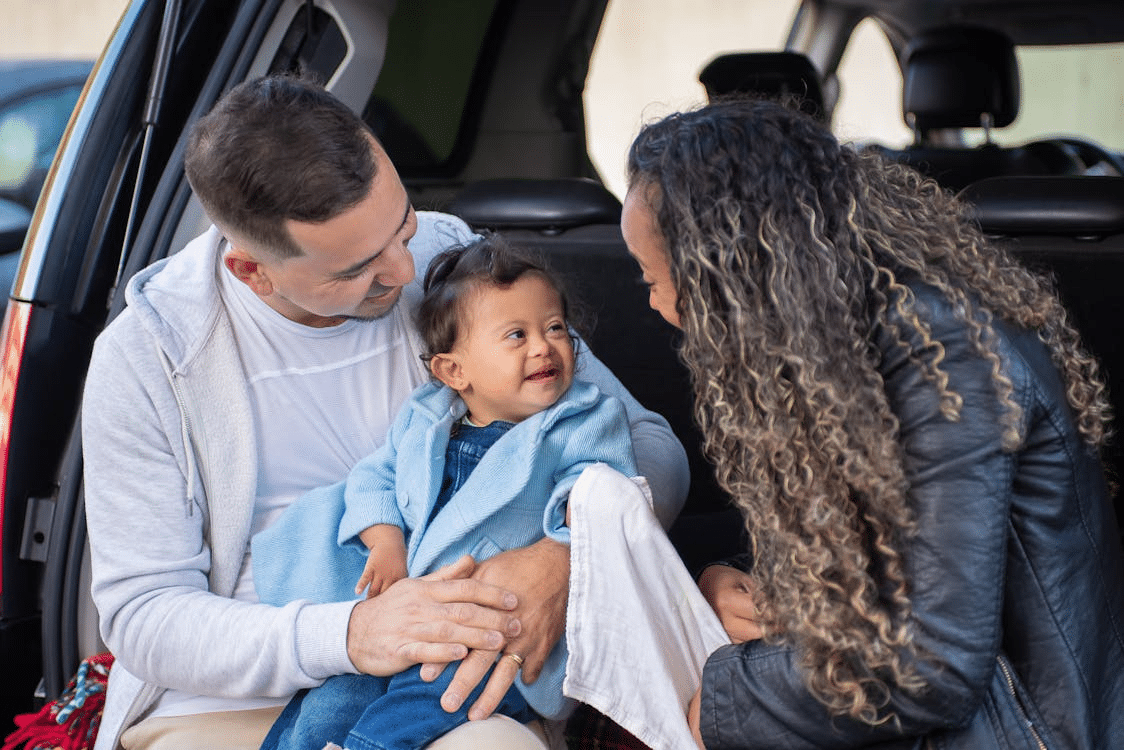


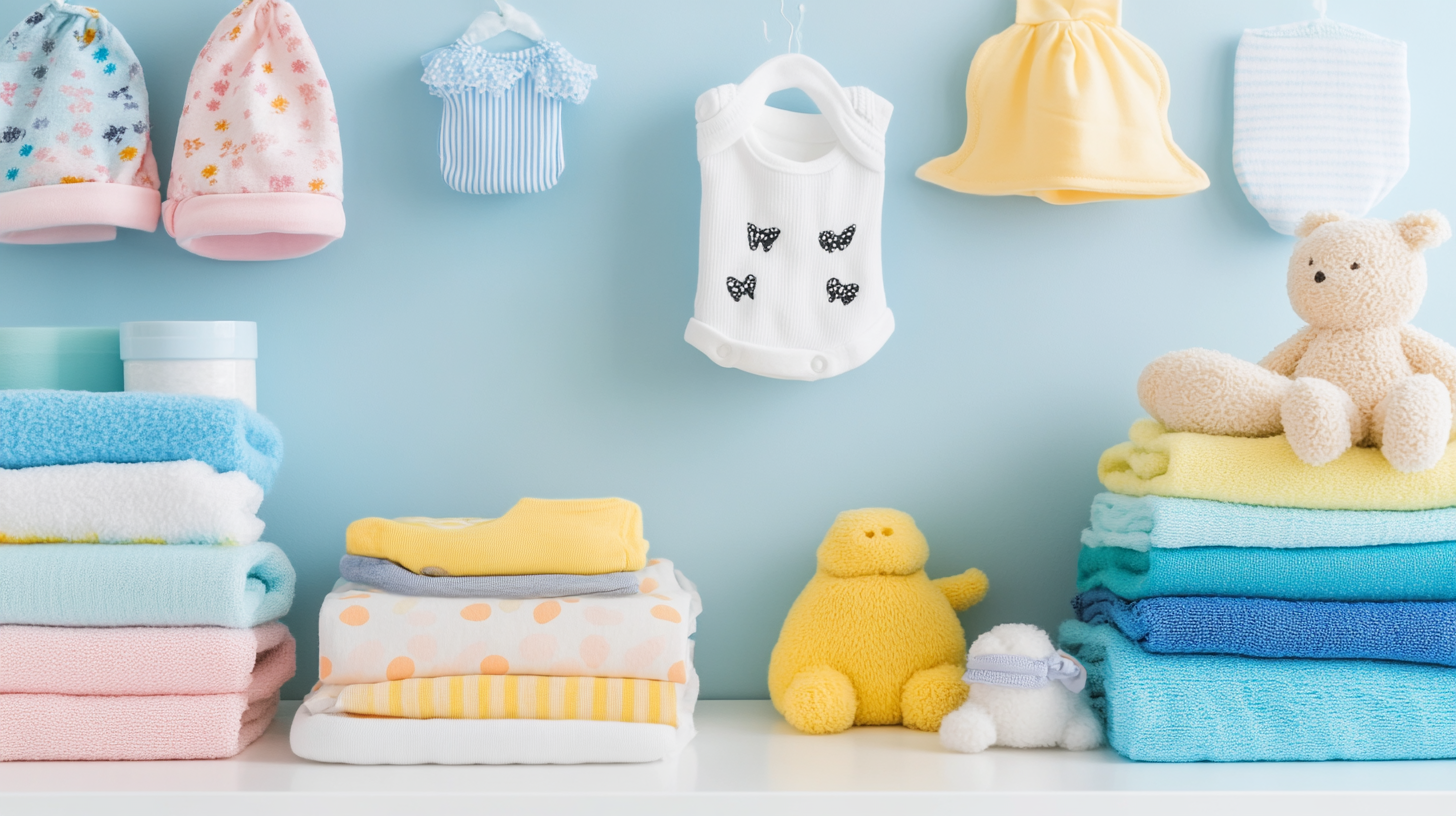

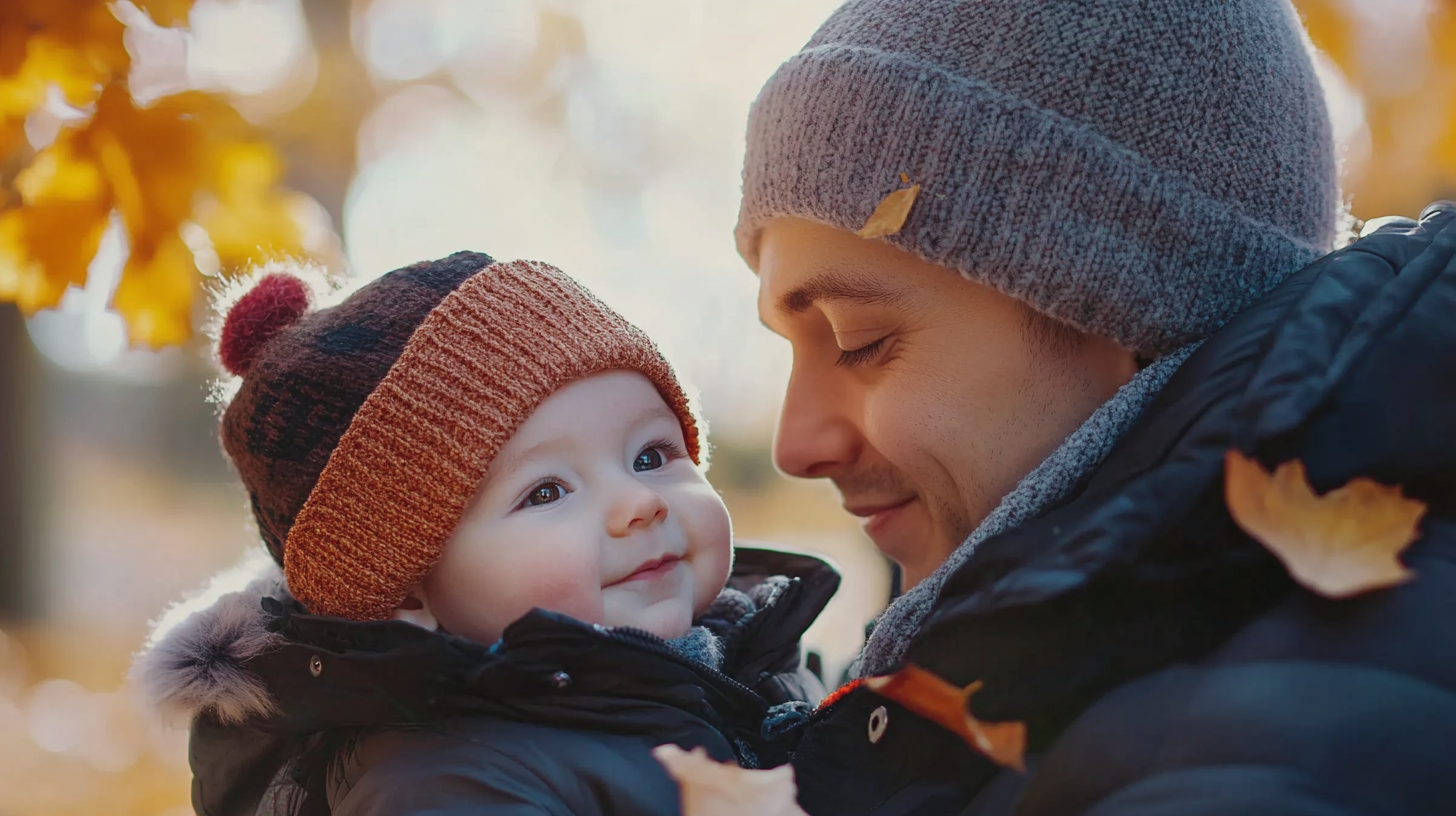

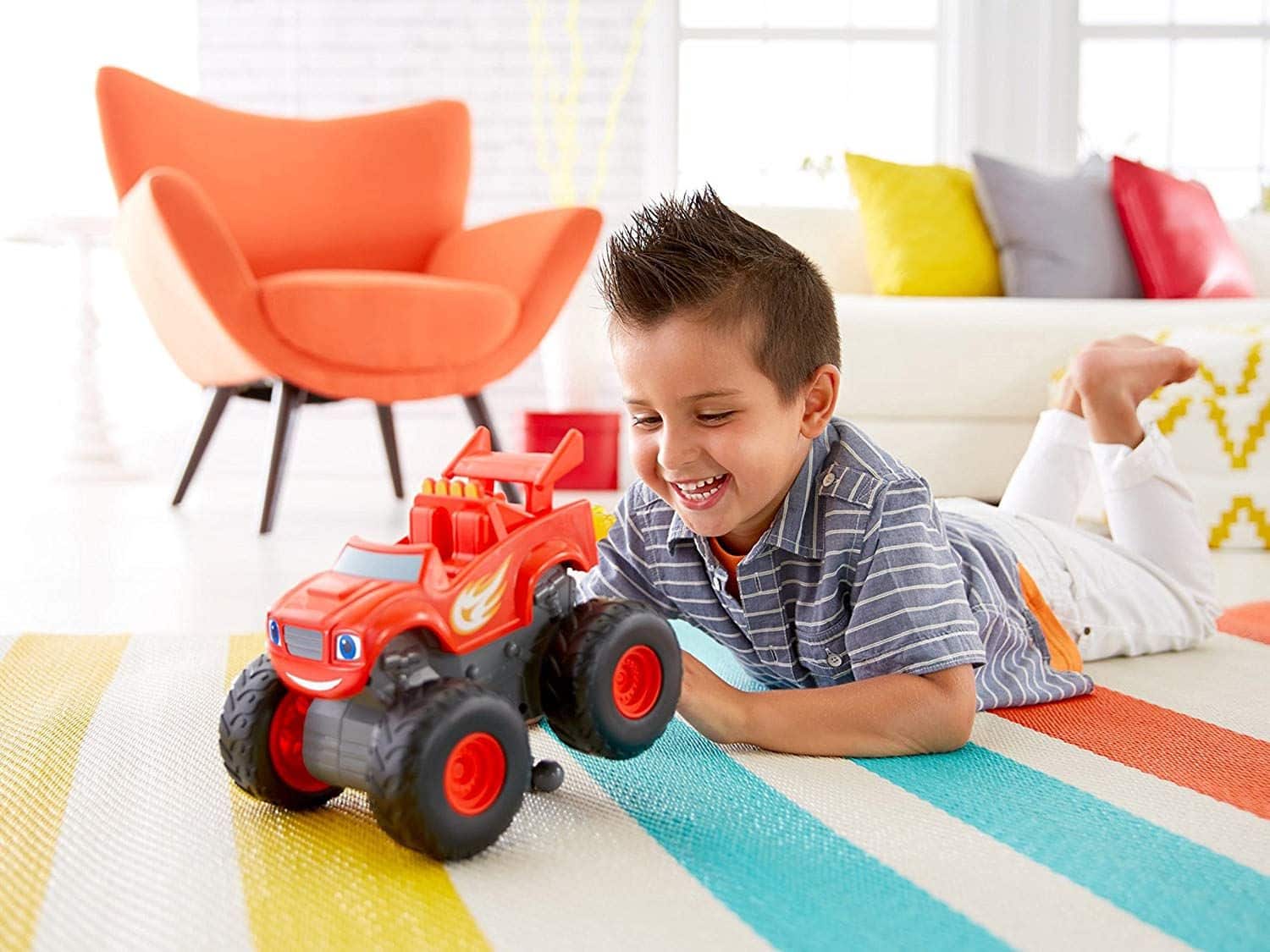
![11 Fantastic Kids Kayaks for 2023 (Amazon)[P]](https://cdn.mothersalwaysright.com/wp-content/uploads/2023/11/44407222_l-scaled-1.jpg)
